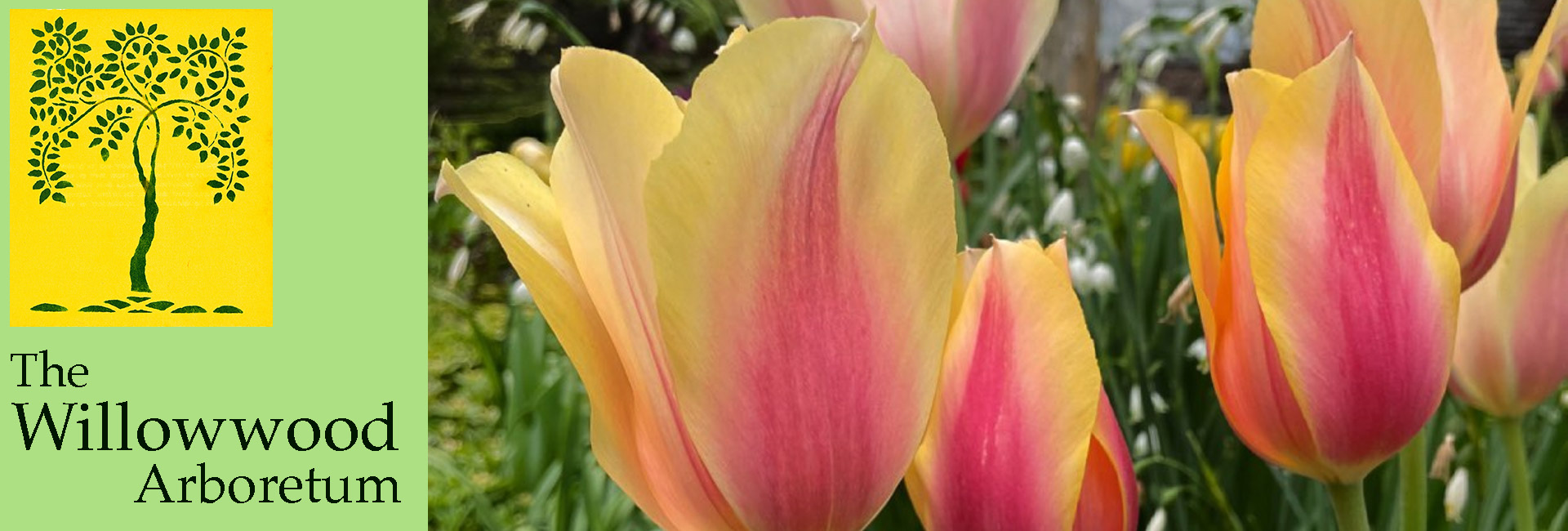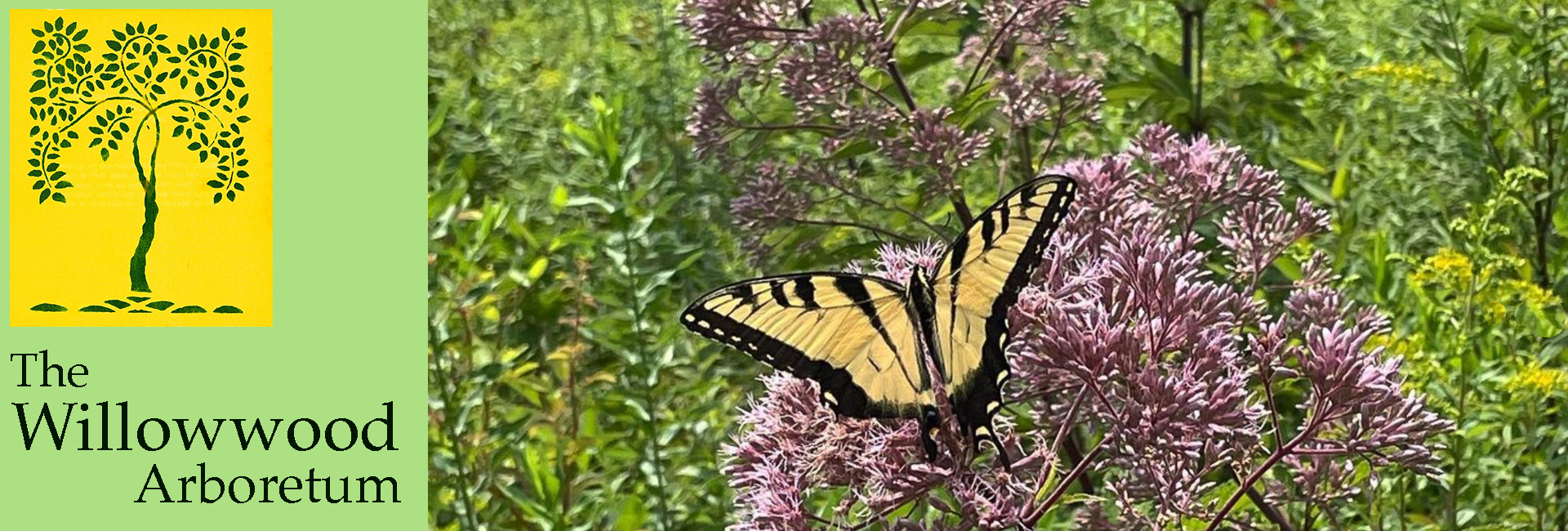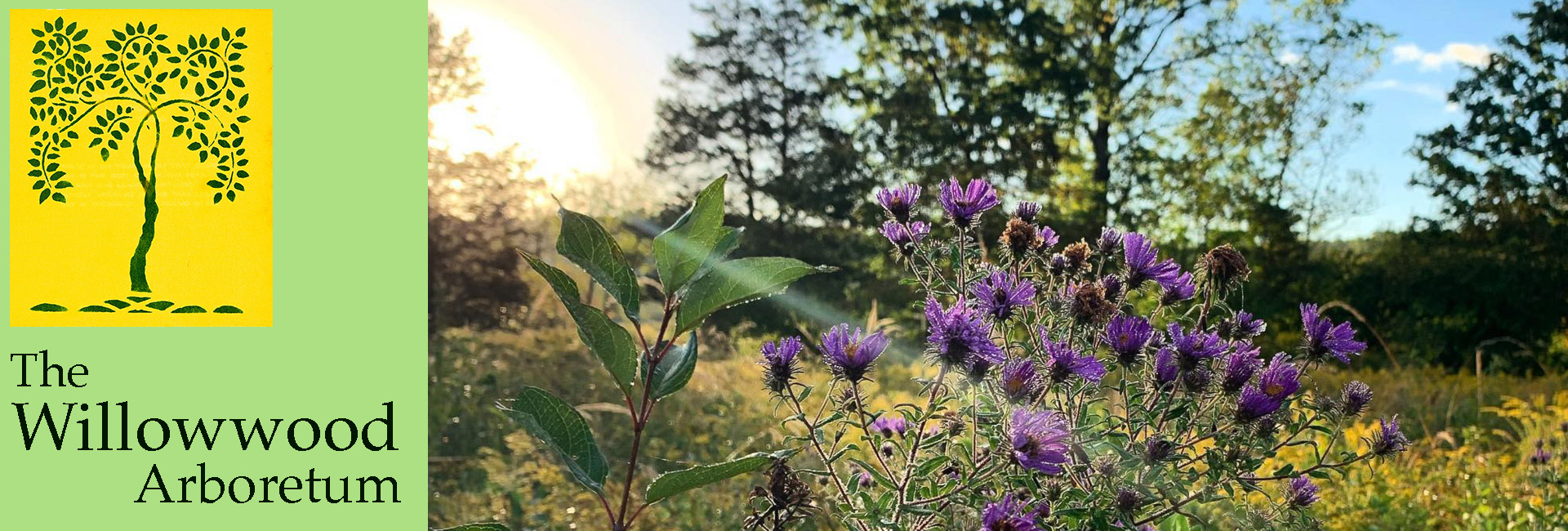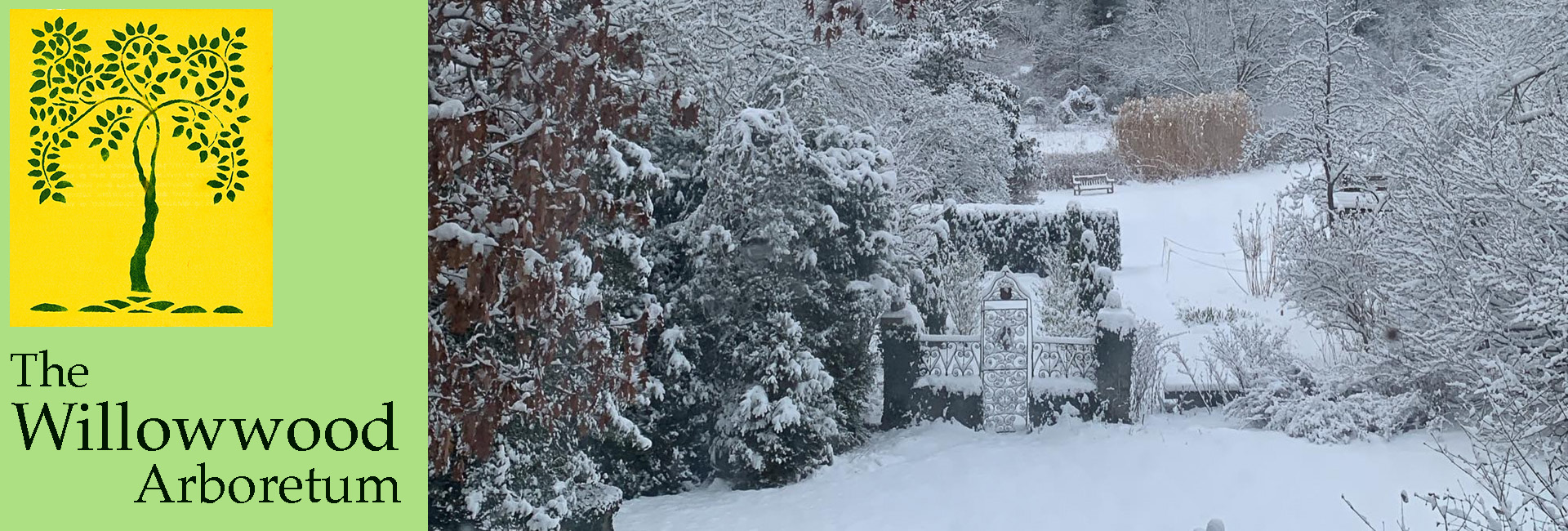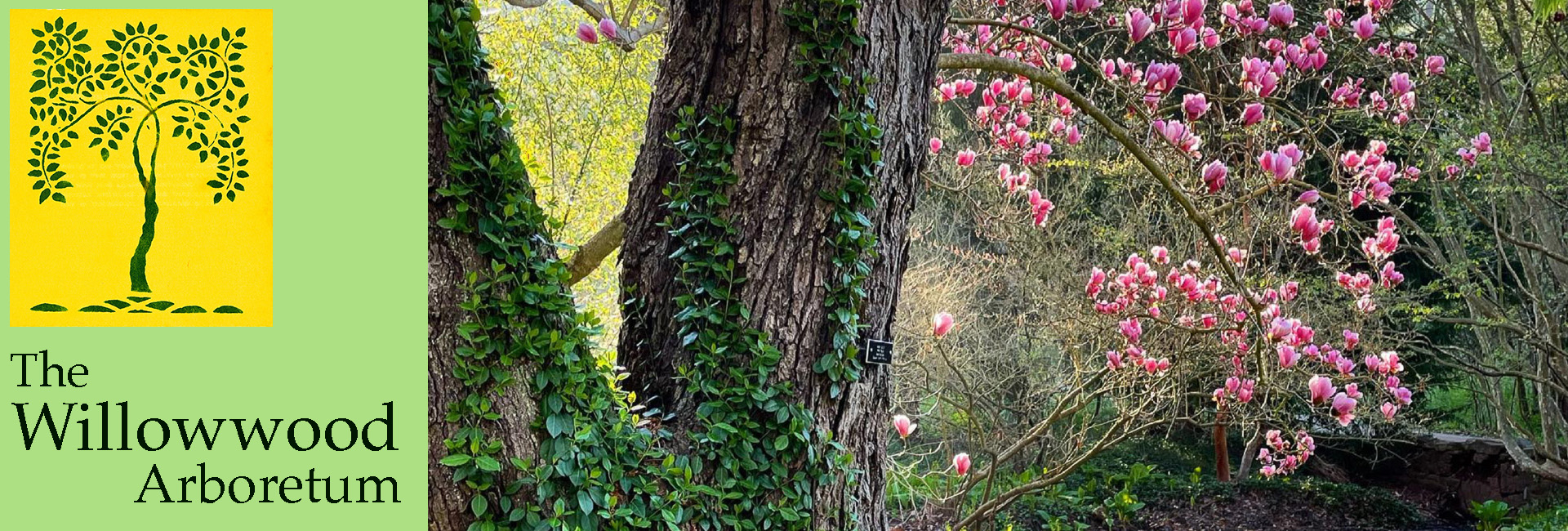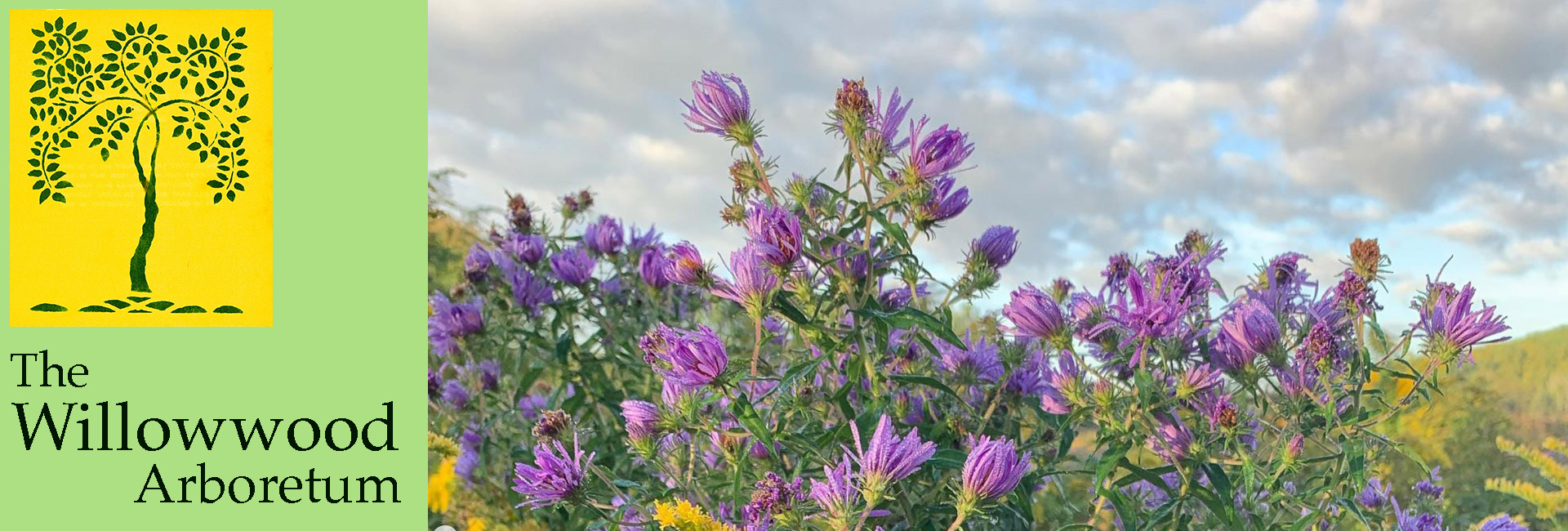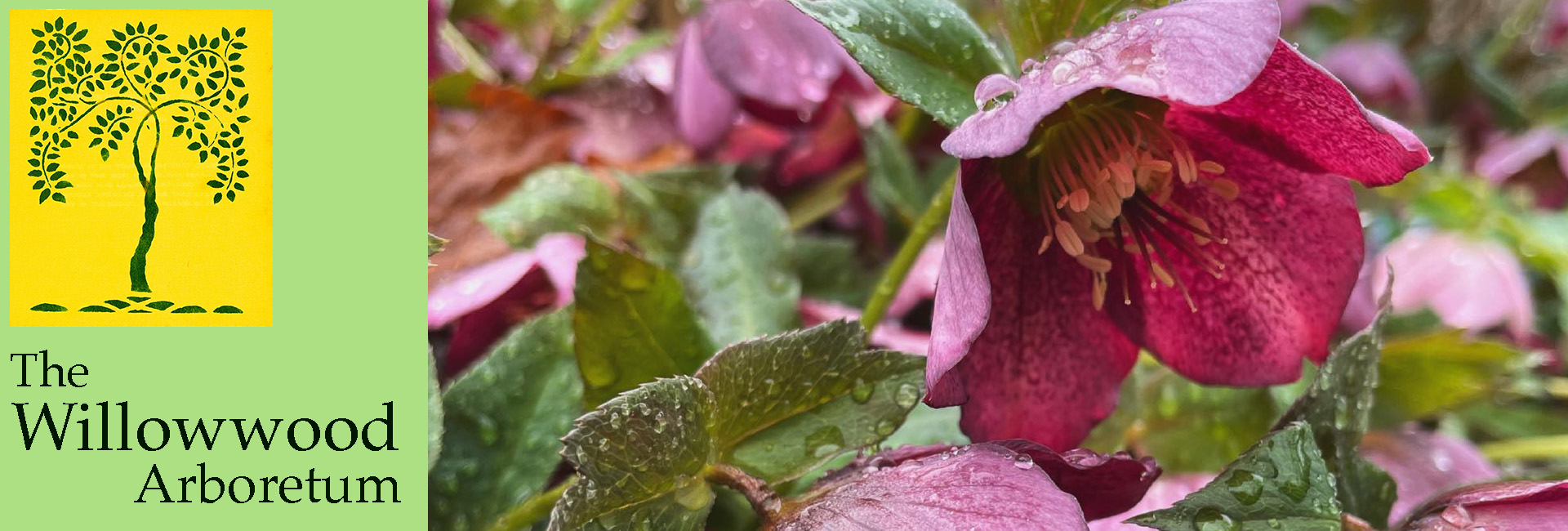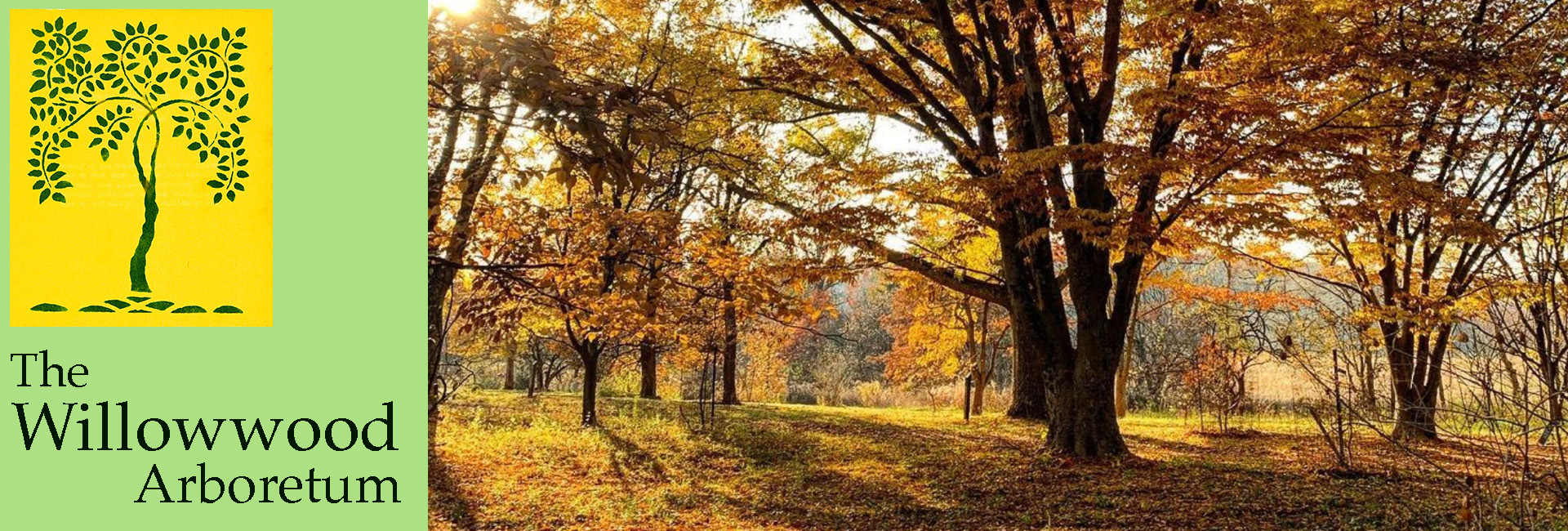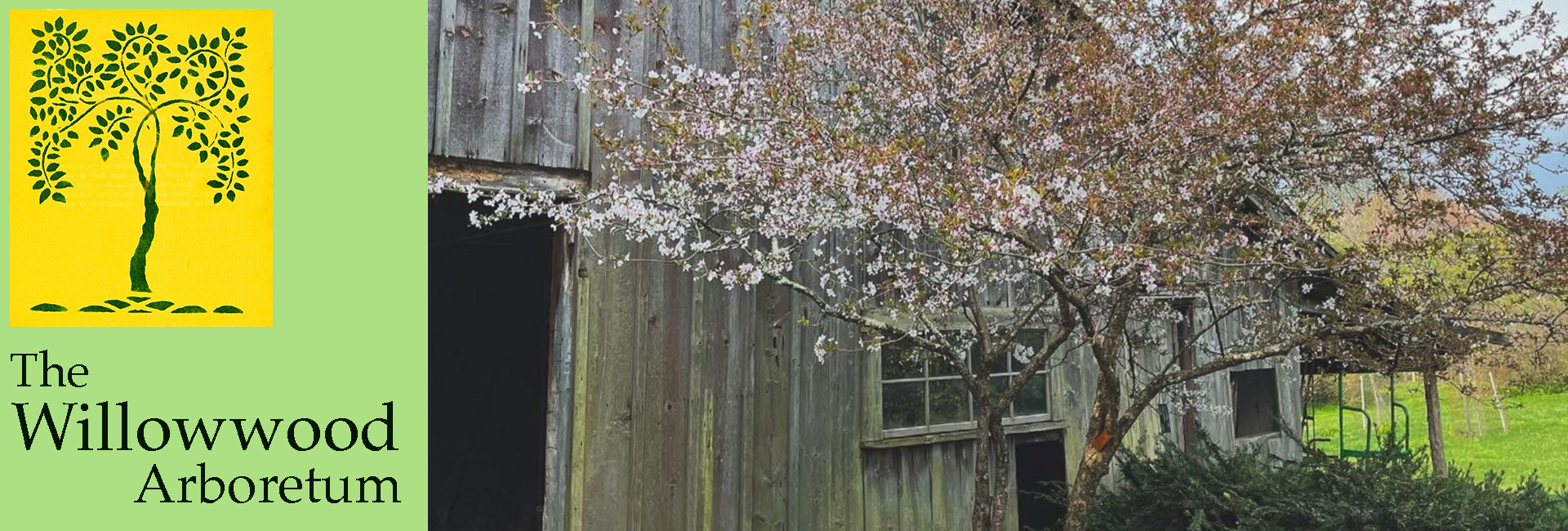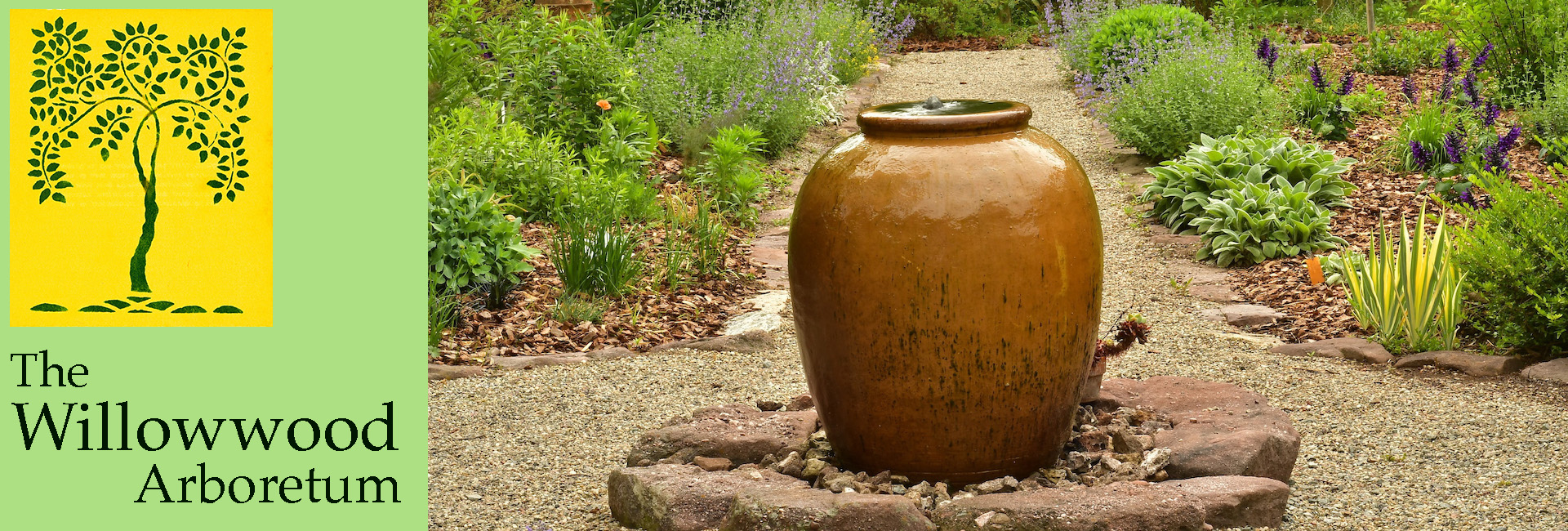Remember that May is International Lilac Month
Wanted LILAC Planters and lovers!
If you have attended our wonderful Lilac Party over the years and have planted your lilacs, the Willowwood Foundation would like to talk to you as part of a research project that is collecting data on growing lilacs in NJ. We don’t care if you are an expert gardener or just stuck them in the ground with high hopes.
If you have at least three of the Lilac Party plantings at various ages/stages and know their variety, email us at contactus@willowwoodarboretum.org so we can include your information in our project. Thanks for your help!
Lilac Lore
The long history of lilacs is comparable only to that of roses, lilies, and tulips. The most familiar common lilac (Syringa vulgaris) is a large, multi-stemmed shrub from the mountains of southeastern Europe. Its voluptuous, fragrant blossoms were first brought to the courts of Vienna in the 1500s, and their popularity rapidly spread throughout northern Europe. In the 1600s, they were imported to the New World by colonists seeking a piece of home. By the Revolutionary War, lilacs were common across eastern North America and eventually moved westward with pioneers.
The flowers were ubiquitous in 19th-century paintings, songs, and poems. Claude Monet’s Resting Under the Lilacs (1873) depicts a time when they were an Old World garden standard—a popularity echoed in New World works. “The Lilac” (1888), a classic American song by Gustave H. Kline, tells of love shared through lilac blossoms, and Walt Whitman’s stirring poem “When Lilacs Last in the Dooryard Bloom’d” (1900) speaks of lilacs as an eternal symbol of spring. Americans commonly planted lilacs near their entry doors, where the delicate spring flowers could be most appreciated.
Lilacs are not native to France. The term “French Hybrid Lilac” refers to the 214 cultivars of Syringa vulgaris developed by Victor Lemoine, his wife, their son Emile and grandson Henri between 1876 and 1955 at the family nursery in Nancy, France. These French Hybrid Lilacs are known for their large size, intense fragrance and typically, double flowers. Victor Lemoine began his work by hybridizing Syringa vulgaris ‘Azurea Plena’ (no longer available at Willowwood) from Belgium with the best forms of common lilac and many of the Lemoine cultivars are still among the most popular lilacs available today.
Evocative of Spring
We agree with the poet Longfellow, who declared, “I shall not go to town while the lilacs are in bloom.” Whether you prefer the lush opulence of the French hybrids or the dainty charm of the newer species hybrids, there’s a lilac for almost every garden! Many of Willowwood’s lilacs are hardy to USDA Hardiness Zone 3 and overwinter easily in colder climates. The hybrids of S. oblata do well in Southern landscapes as they are more heat tolerant.
Lilac Care
Lilacs can be planted singly or in groups in the landscape. They need strong sun for eight hours or more daily and a well-drained location in order to thrive. Lilacs also appreciate a neutral pH, so add lime or wood ashes if your soil is acid.
Many Lilac Party Guests tell us ” I have a lilac that just won’t bloom”. If you have a lilac that doesn’t seem to flower, know that they are well adapted to life in Northern New Jersey when provided with a minimum of 4+ hours of sunlight. If a Lilac is planted and does not get the recommended amount of sun, you may consider moving it to a sunnier location. If the plant gets adequate sunlight, it may just need some time to mature. The Lilacs we distribute to guests at the Lilac Party may need 3 – 5 years to really bloom when in full sun. Part shade will delay that a bit longer. You also should know that excessive fertilization will promote growth but may delay flowering. And then of course, some lilacs are just a bit slow to bloom as profusely as you would like.
